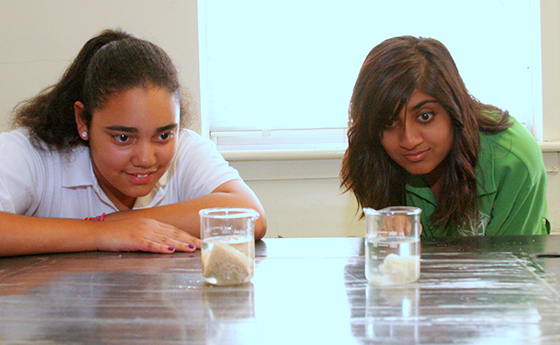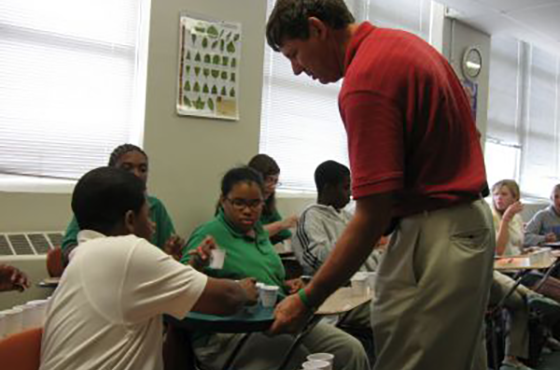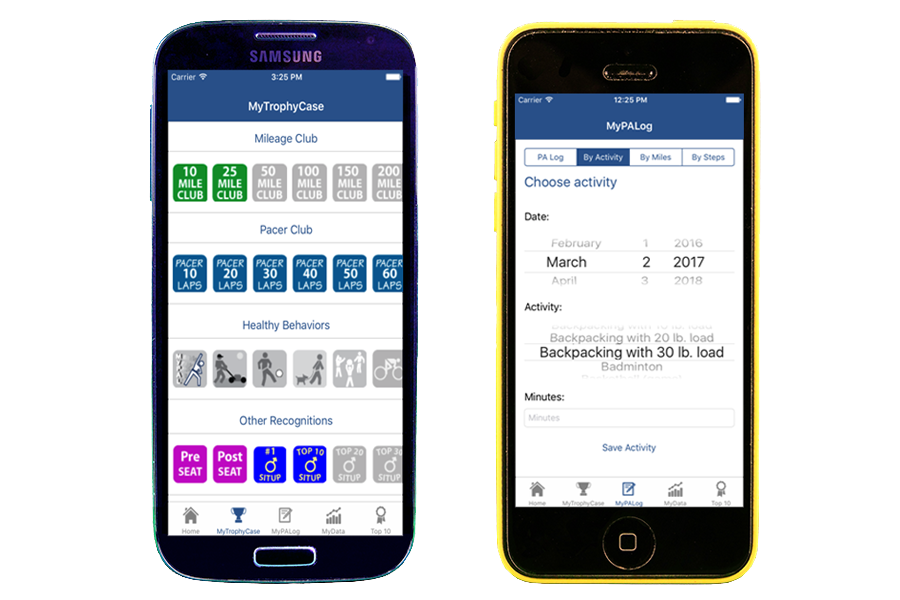How MATCH Works
MATCH uses scientifically based models backed by evidence to elicit awareness,
encourage self-assessment and develop self-directed healthy behaviors.
Students become the "agent of change" at home, influencing positive family member behavior.






